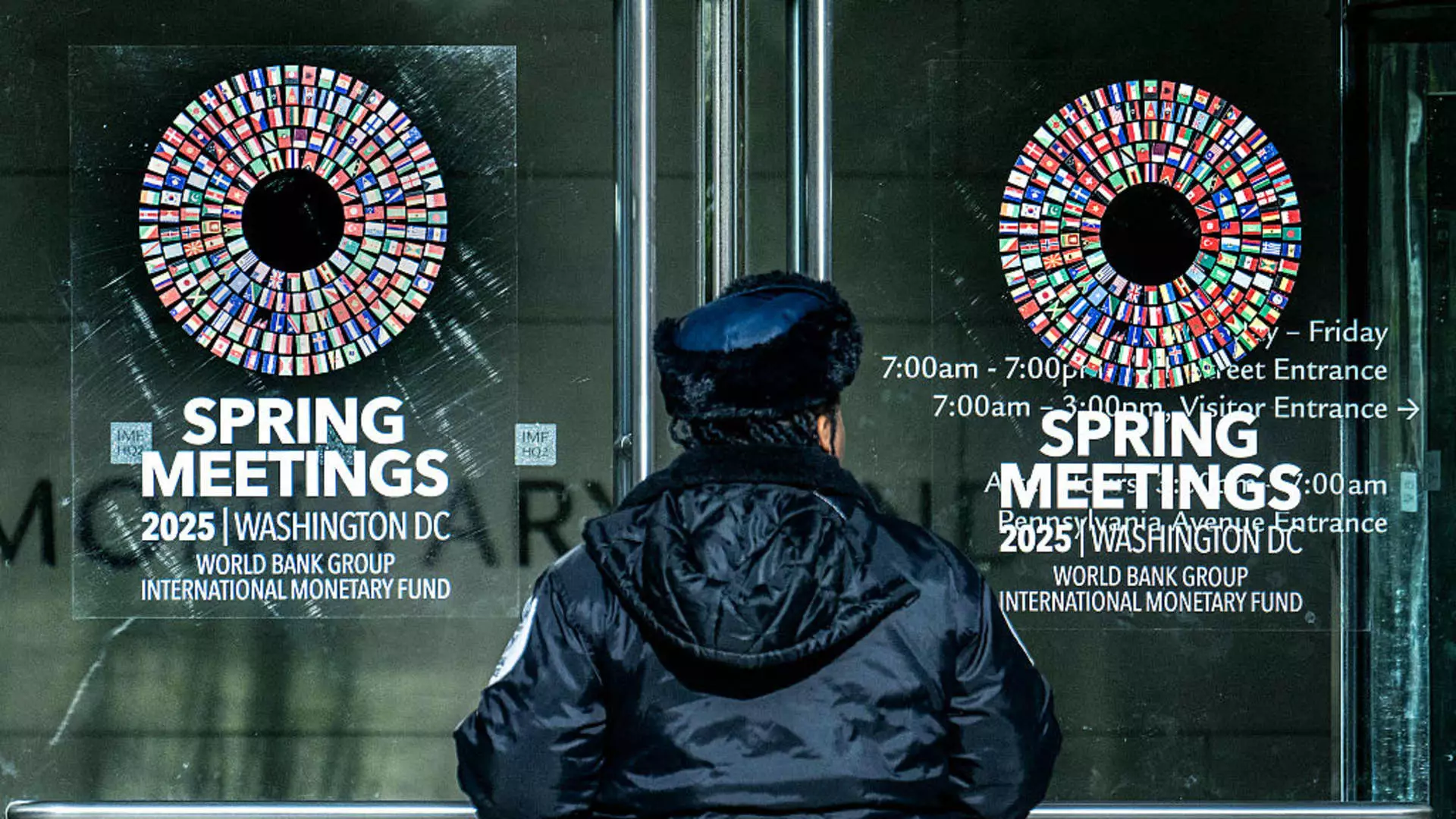The latest economic projections from the International Monetary Fund (IMF) have unveiled a troubling trend, with the growth forecasts for major Asian economies sinking to alarming lows. This negative shift is not merely a statistical adjustment; it’s a stark indicator of deeper vulnerabilities in the global economic landscape stemming from persistent trade tensions and a climate of heightened policy uncertainty. As the world shifts uneasily into 2025, China’s GDP is now adjusted to just 4%, while India is forecasted at 6.2%. This drop from earlier estimates of 4.6% and 6.5%, respectively, reflects a broader malaise catalyzed by erratic trade policies and international disputes.
The Underbelly of Policy Uncertainty
The ramifications of unpredictable tariff implementations have rippled through economic sectors like water through a sieve. The IMF has directly linked these tariff wars initiated by the U.S. with decreased growth trajectories across Asia, illustrating a reality where national economies are held captive to the caprices of political dynamics. The shift towards unpredictability creates a hostile environment for investment, ultimately stifling economic vitality. Japan’s downgraded expectation of 0.6% growth, a reduction from 1.1%, stands as further testimony to the serious consequences of this climate on economic strategizing.
When nations like China and India wrestle with ambitious domestic growth targets, the specter of international tariffs hanging over them exacerbates the challenge. The resultant environment is defined not by stability but rather by fluctuations that undermine long-term planning and foster a collective anxiety among policymakers.
A Chilling Global Perspective
As global estimates descend from a hopeful 3.3% to a disheartening 2.8% for 2025, it’s necessary to interrogate the underlying logic of this economic descent. The IMF’s warnings illuminate the reality that trade policies wield more power over domestic economies than previously thought. By imposing tariffs that dangle over international commerce like a Damoclean sword, political leaders risk not just damaging relations but eroding the foundational economic agreements that enable growth.
The mere announcement of tariffs creates a ripple effect—businesses hesitate, investments retract, and economies contract. When the IMF highlights that the chaotic nature of U.S. tariff policies comes with a “major negative shock to growth,” we are compelled to acknowledge that we are now witnessing an all-too-familiar scenario: economics being held hostage to political brinkmanship.
Responses from Affected Nations
In a contrast to China and India’s combative responses to the escalating tariffs, nations like Japan have adopted a relatively conciliatory stance, showcasing an interesting divergence in international strategies. Japan’s efforts to negotiate with the U.S., albeit unfruitful, indicate a proactive approach toward mitigating fallout from tariffs. Meanwhile, India emerges with its own diplomatic overtures, reflecting its aim to salvage economic dialogues while also attempting to protect its turf.
Such engagements are commendable but reveal a stark reality: these nations are not merely passive observers; they are operating under a looming shadow of aggressive U.S. tariffs—an existential threat that requires deft maneuvering. It exemplifies a growing recognition that economic survival in this new era necessitates not just adaptive policies but also strategic international dialogues that challenge U.S. dominance.
Capitalism on the Brink
The global economic stage has morphed into a battlefield where the stakes go beyond trade deficits and GDP figures. It’s a high-stakes game inciting fearful uncertainties among nations reliant on trade for sustainability. When political leaders employ tariffs as tools for international negotiation, they unjustly introduce volatility that could ultimately cripple economies vibrant in potential.
This landscape demands a shift towards collaborative diplomacy and away from combative tariffs. There is a call for multinational efforts to address the growing economic disquietude, lest we continue to dwell in a reality marred by slashed growth forecasts and detrimental policy uncertainty. As the world looks ahead to 2025, many may hope for brighter tidings, yet the current trajectory paints a glum picture, where economic security seems ever more elusive.
The dawn of a new economic order necessitates that leaders recognize the necessity of balance in trade relationships—one that fosters growth rather than curtails it. Without a pivot away from competitive tactics towards cooperative frameworks, the future for Asia’s economic resilience appears increasingly precarious.


Leave a Reply